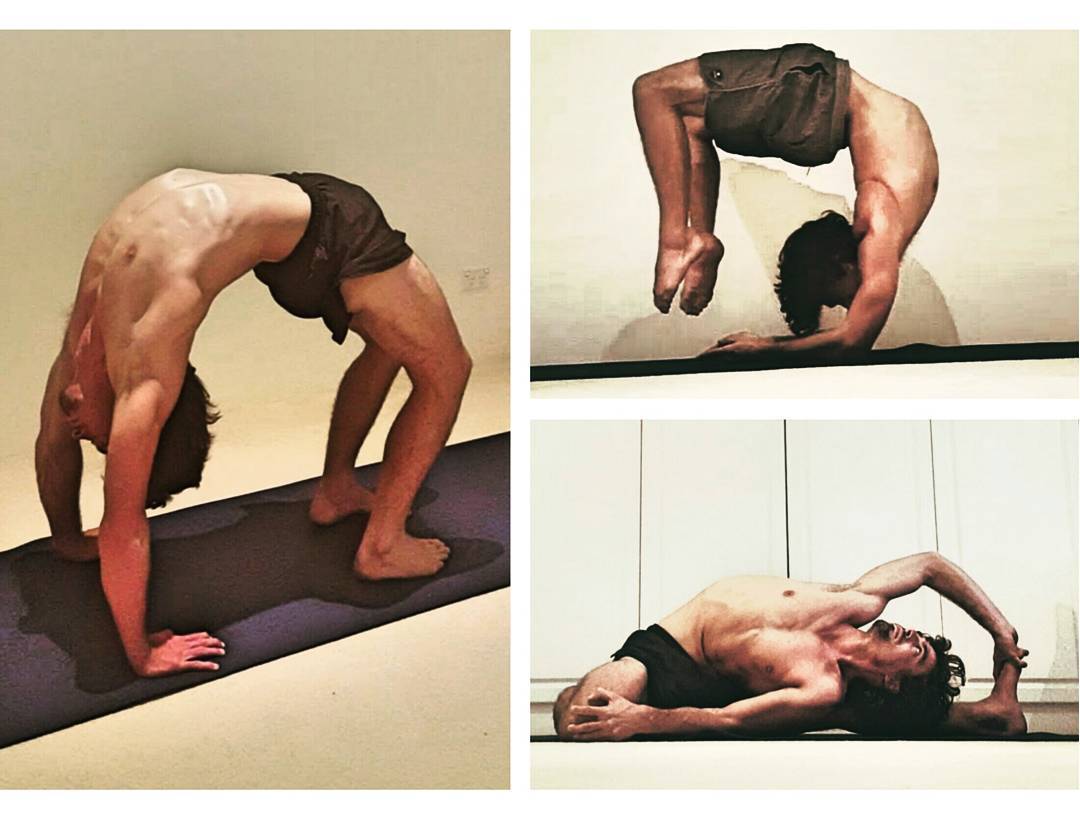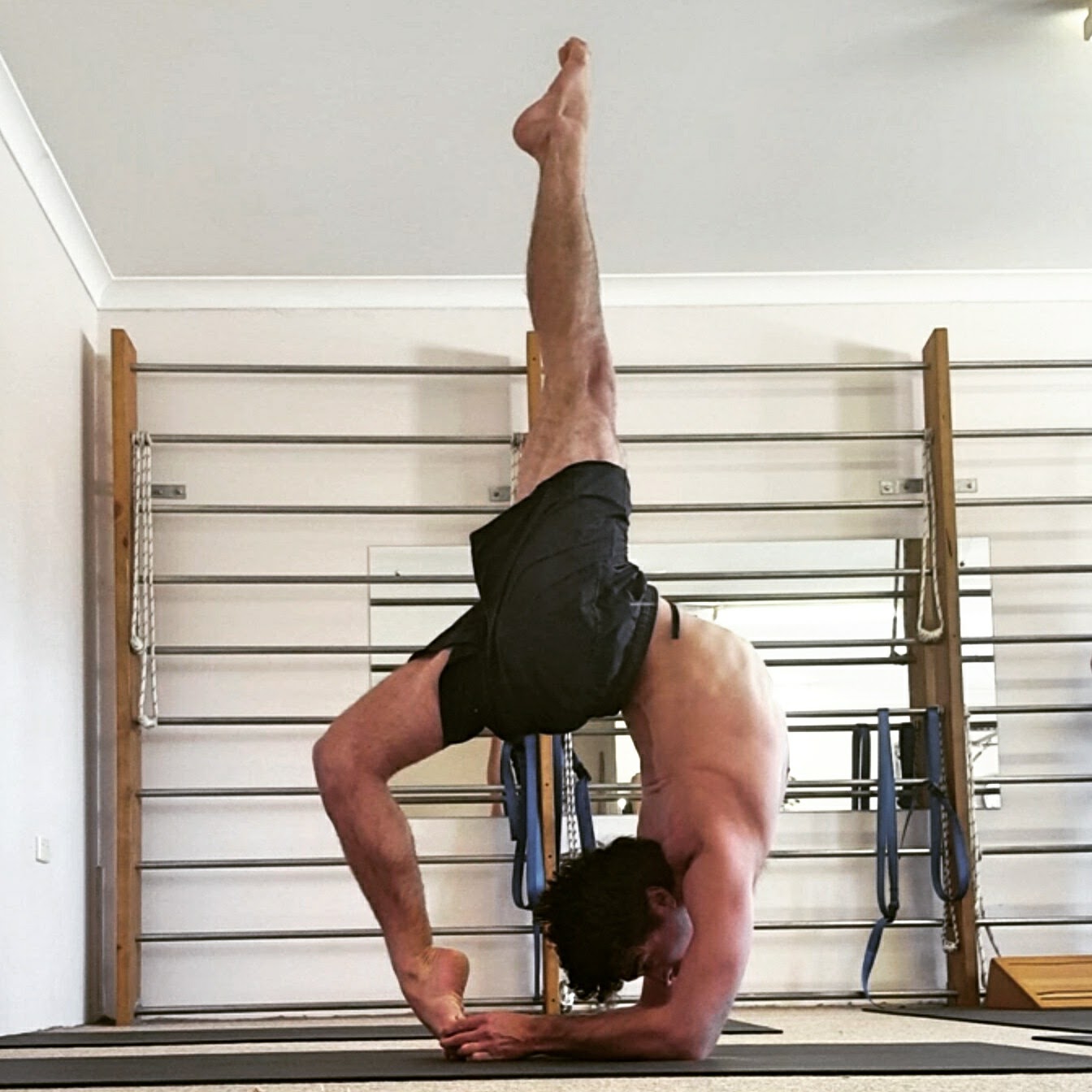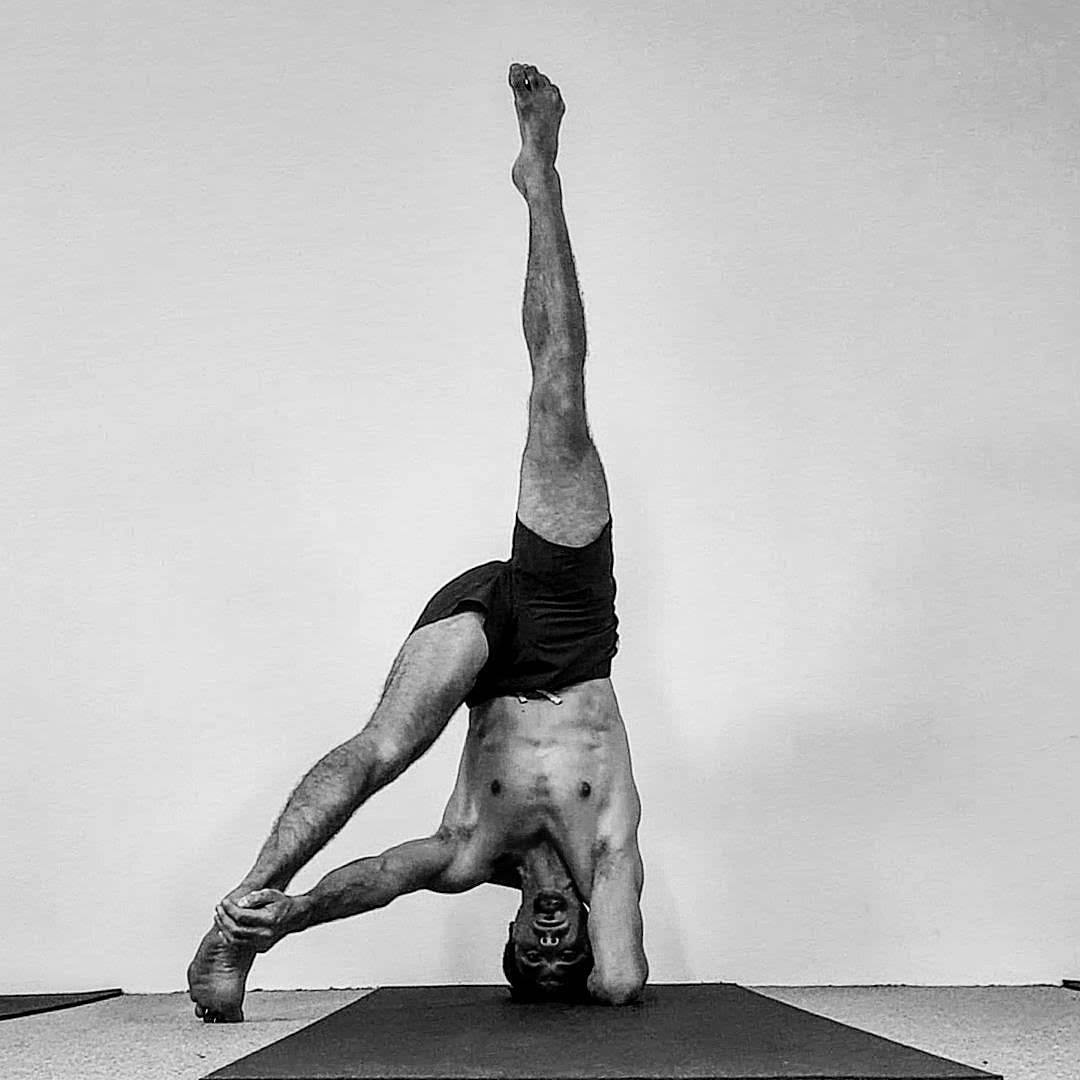Traditional Hatha Yoga
The heart of traditional yoga practice involves methods for types of cognitive and psychological refinement. In modern globalised settings, the term yoga is often associated merely with physical poses, while practcies of "meditation" tend to be colloqually understood as distinct from "yoga". However, throughout history the practice of yoga has always been identified with meditative states and techniques. Understanding its historical origins can help us practice in a way that was historically intended.
old yoga and modern bodies
There are several movement patterns present in modern day yoga sequences that are reflective of the cultural context in which yoga originated. A posture like Ardha Matsyendrasana is an example of this. Effectively there is the requirement for a deep squat, a comfortable cross legged sitting position, and a twist.
Back Bending Technique
An area of concern for many novice practitioners is correctly progressing with the more advanced back bending postures. While there are specific technique cues to be cognisant of, adequate preparatory work is also crucial to ensure correct technique in advanced practice. There are a number of ways to safely progress into advanced postures.
Tailoring Yoga to the Western Body
Eka Pada Viparita Dandasana II.
In Light on Yoga, Iyengar ranks the poses according to difficulty. 1 being the easiest and 60 being the hardest. This pose is given a 29. (Though the heel should be grabbed in the final posture).
When analysed, the ranking reveals stark differences between traditional eastern body types and western body types. For example, Supta Virasana is given a 2, Malasana a 2, Baddha Konasana is given a 3 and Padmasana a 4.
In “Light on Yoga,” B.K.S. Iyengar presents the Sirsasana Cycle, a variety of movements that can be practiced after staying in headstand for 5 minutes.
There are seven Headstand variations involving different arm positions in the second Ashtanga series.
Below is an excerpt from A.G.Mohan's book "Krishnamacharya His Life and Teachings": "One day Krishanamacharya was conducting a “rare” demonstration-class where he mentioned that there are thirty-two variations of headstands. The class was silent. A.G.Mohan doubted him but did not say anything, however, the muscles in his face betrayed him and showed his feelings. Krishnamacharya looks at him and says: “What? It looks like you don’t believe me. Fold that mat and place it here“. He then demonstrated the 32 variations of headstand. He was 85 years-old."
Demonstrating Hatha Yoga to the Haridwar locals. Haridwar is an ancient city and important Hindu pilgrimage site in North India's Uttarakhand state, where the River Ganges exits the Himalayan foothills. Haridwar is one of the four sites of Kumbh Mela, a mass Hindu pilgrimage of faith in which Hindus gather to bathe in the holy river. The festival is the largest peaceful gathering in the world. The Haridwar Kumbh Mela dates at least from the early 1600s, with earlier versions dating from 644 CE. Read More




